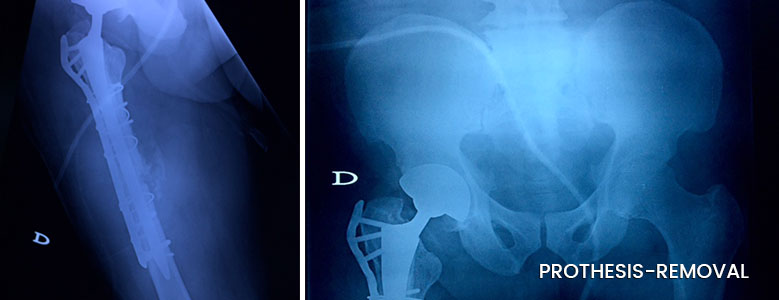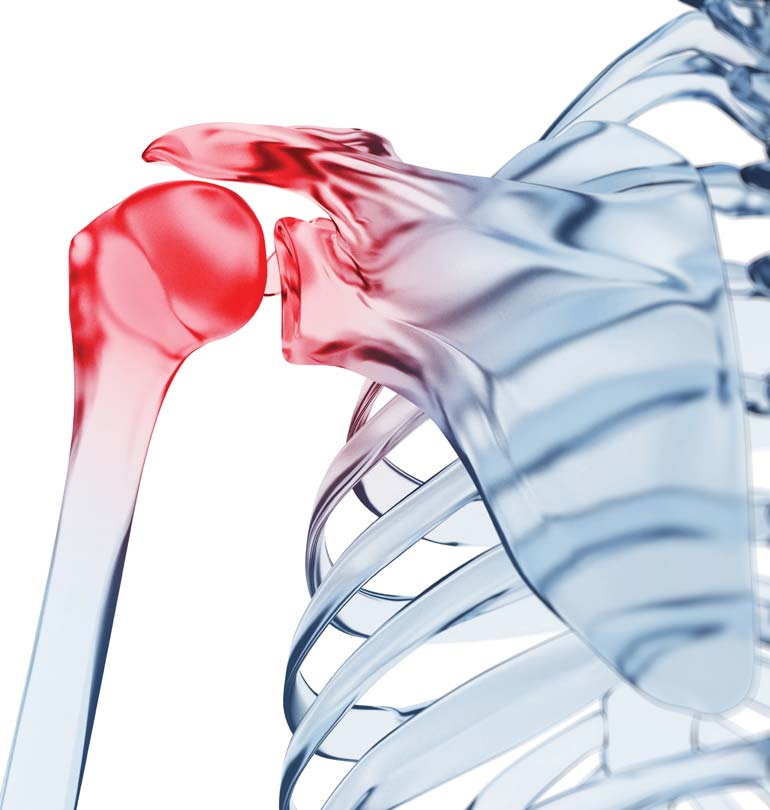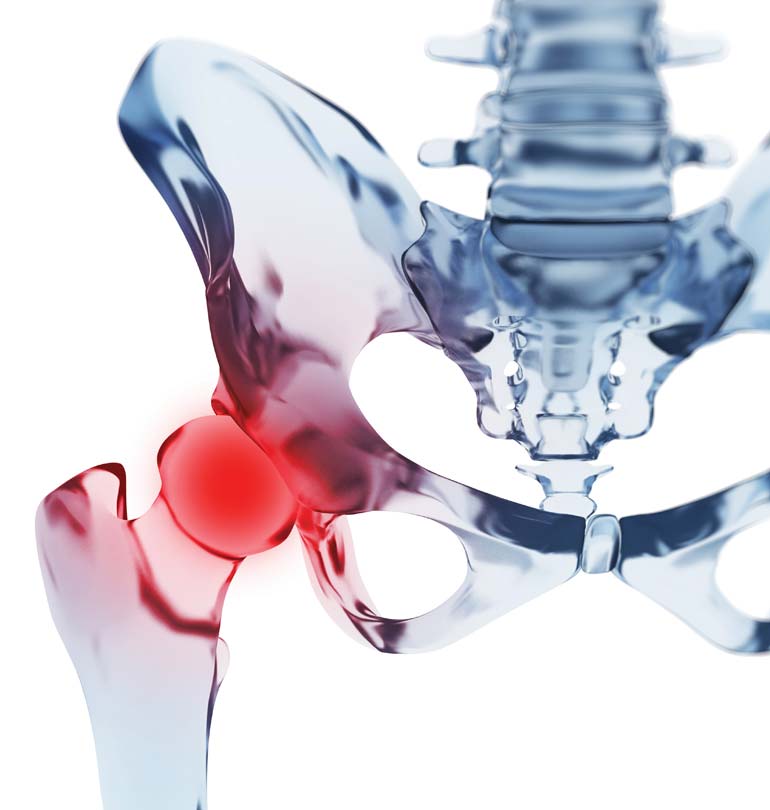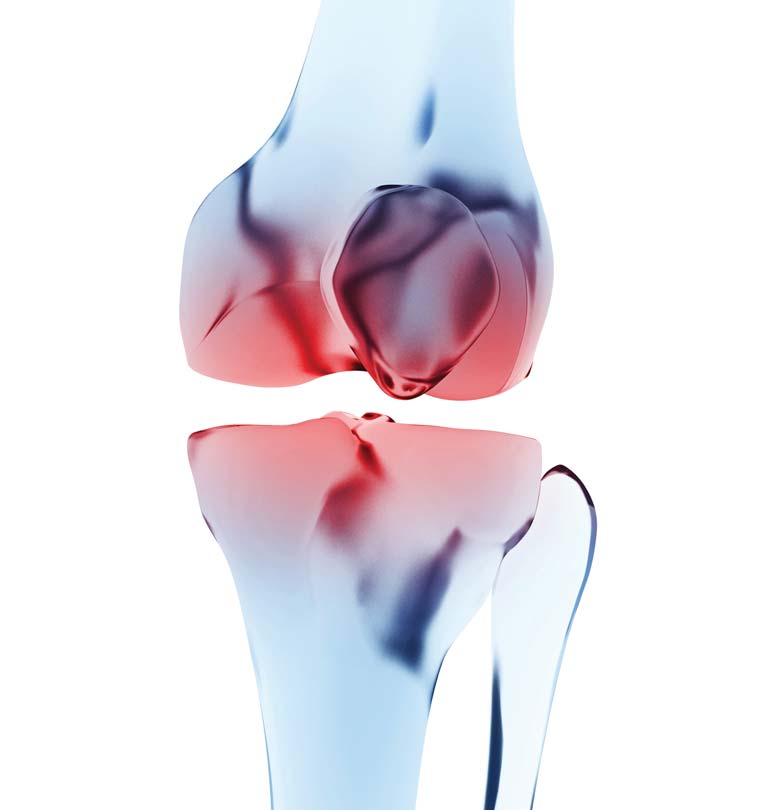
PATHOLOGIES
Prosthesis removal
This means to change a part or the entire hip prosthesis.
This intervention is most often performed due to prosthesiswearing .It is sometimes performed as a result of infection, recurrent dislocation or Periprosthetic fracture.

DIAGNOSTIC
- Pain: variable intensity Stifness: motion limitation is seen in advanced osteoarthritis
- Subluxation or recurrent dislocation
- Complementary examination:
- Standard radiographs: Are often sufficient to allow the diagnosis and study lesions extent
- CT: Accurate check-up of bone lesions
DIAGNOSTIC
TREATMENT
- Surgical: We are dealing with fairly heavy but necessary operation. The decision will be based on the discomfort sensation, lesions extent,the patient’ will, and his general health condition. the operation should not be delayed if the patient autonomy tends to decrease. It must be carefully prepared and recovery prostheses are often ordered and used.
TRAITEMENT
FOLLOW-UP
Hospitalizations are for3-7 days..
Rehabilitation is immediate. The motion is activo-passive from the beginning (arthromoteur + + +). The support is immediate in the majority of cases. Particular attention is paid to prevent against the luxating postures
SUIVI








